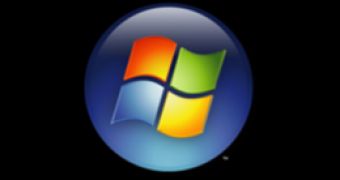During the Windows Vista installation process, pressing Shift+F10 will start a command prompt. In Vista Enterprise command prompt is enabled by default due to the fact that Microsoft has thought ahead to scenarios where users would want to troubleshoot the Enterprise installation process via command prompt. However, Microsoft has also delivered a way of disabling command prompt during Vista Enterprise installation.
The Redmond Company explained that the Windows Setup continuously analyzes the Windows Vista Enterprise setup directory throughout the Vista Enterprise installation. During all the phases of the directory, Windows Setup looks for the DisableCMDRequest.tag file. In the eventuality that Windows Setup identifies the DisableCMDRequest.tag file, then command prompt will be disabled for the remaining installation. Users will be able to disable command prompt that runs simultaneously with Windows Setup.
1. Verify that the computer has Windows Automated Installation Kit (Windows AIK) or Windows OEM Preinstall Kit (Windows OPK) installed.
2. Click Start, click All Programs, click Windows AIK or Windows OPK, and then click Windows PE Tools Command Prompt. (Note If you follow these steps on a Windows Vista Enterprise-based computer, right-click the Command Prompt window, and then click Run as Administrator.)
3. Use the ImageX tool to mount the Boot.wim file to a folder. To do this, run the following command: md mount imagex /mountrw "WimFileFolderName"boot.wim 2 mount (Note In this command, "WimFileFolderName" is a placeholder for the name of the folder that contains the Boot.wim file.)
4. In the Windows Vista Enterprise setup directory, create the DisableCMDRequest.tag file. To do this, run the following command: md mountwindowssetupscripts echo.>mountwindowssetupscriptsDisableCMDRequest.TAG
5. Apply the changes to the Boot.wim file. To do this, run the following command: Imagex /unmount /commit mount
6. Deploy the image. To do this, use the methods that are specified in the documentation for Windows AIK, for Windows OPK, or for Windows Deployment Services. (Note After you follow these steps, you cannot run audit mode by pressing CTRL+SHIFT+F3.)

 14 DAY TRIAL //
14 DAY TRIAL //